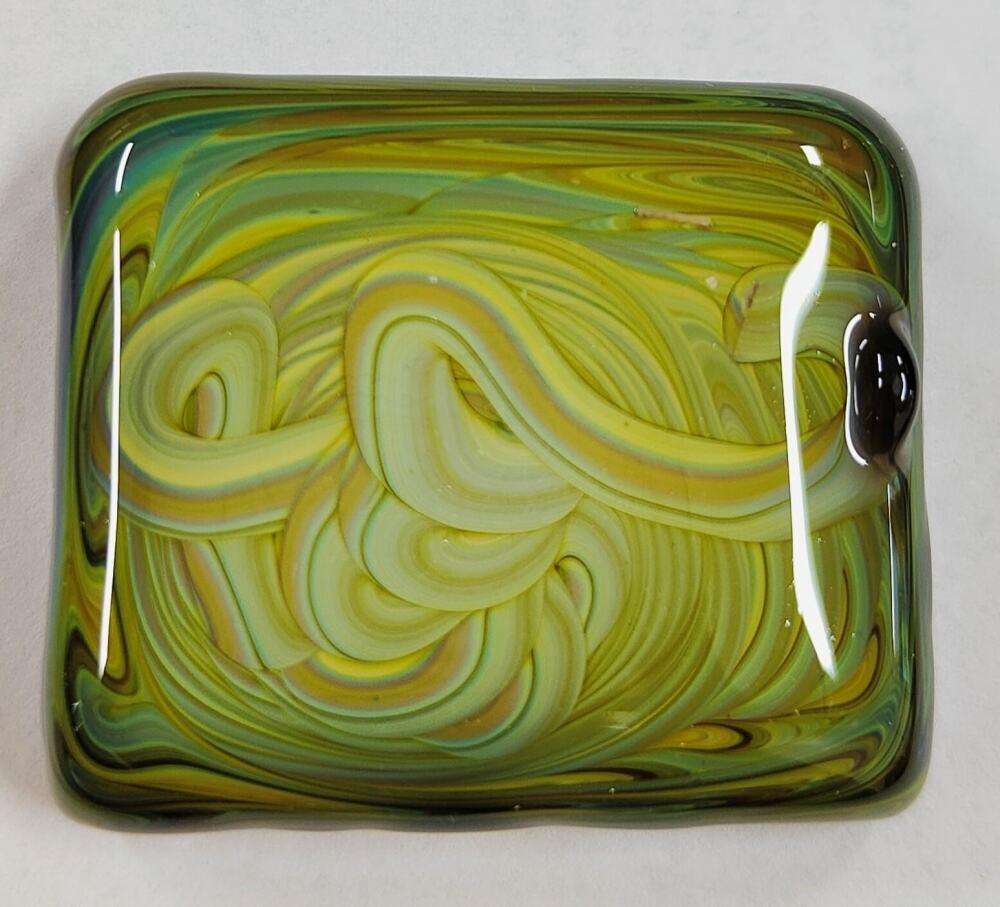Brazilian reserachers show how to unlock the strength of specialty glass with niobium oxide

Applications of specialty glass range from astronomy to medicine, as well as data and power transmission. The study combined spectroscopy and molecular dynamics (MD) and Monte-Carlo (MC) simulations to show how the structure of the material is affected by the addition of niobium oxide.
A study conducted at the Center for Research, Education, and Innovation in Vitreous Materials (CeRTEV) in São Carlos, São Paulo state, Brazil, shows for the first time that including niobium oxide (Nb2O5) in silicate glass results in silica network polymerization, which increases bond density and connectivity, enhancing the mechanical and thermal stability of specialty glass.
The study was supported by FAPESP and reported in an article published in the journal Acta Materialia.
The first author of the article, Henrik Bradtmüller, is a postdoctoral researcher at the Federal University of São Carlos’s Center for Exact Sciences and Technology (CCET-UFSCar), with a fellowship from FAPESP. His supervisor is Edgar Dutra Zanotto, director of CeRTEV.
CeRTEV is hosted by UFSCar and is one of the Research, Innovation, and Dissemination Centers (RIDCs) funded by FAPESP.
“Our study combined experimental observations using nuclear magnetic resonance spectroscopy and Raman spectroscopy with computational modeling. Besides the results mentioned, we found that higher levels of niobium led to Nb2O5, clustering, and heightened electronic polarizability, with a significant impact on the optical properties of the glass,” Bradtmüller said.
It's important to remember that Raman spectroscopy is a method that provides accurate information about the molecular structure of materials. On the other hand, nuclear magnetic resonance (NMR) spectroscopy goes a step further by exploring the magnetic properties of atomic nuclei.
“Our strategy based on these two observational techniques plus computational modeling can be used to study functional elements of many other types of glass, including optical materials, bioactive glass, and glassy fast-ion conductors. This will facilitate the development of innovative glass formulations adapted for various applications,” Bradtmüller said.
Alongside the everyday applications of ordinary glass in containers, windows, and so on, high-quality glass has also become almost ubiquitous in today’s world, Bradtmüller noted. It is present in the microscopes and telescopes used by scientists, for example, in the optical fibers used to carry data and power, and in the glass-ceramic orthotic devices increasingly used in medicine. “In recognition of the role played by glass in contemporary society, the United Nations declared 2022 to be the International Year of Glass,” he said.
For advanced high-tech applications, materials scientists are using machine learning software and other computational resources to design glass with customized properties, but to do so they require reliable databases and structural parameters that take into account the physicochemical complexity of glass.
This is the relevance of the study by Bradtmüller and colleagues. “Glass intermediate oxides play a strategic role in this new technological moment. They don’t form glass under standard cooling in the laboratory, but they can make a positive contribution in the presence of other oxides by helping to build oxygen bridges and giving the glass the properties of interest. Niobium oxide is a good example,” he explained.
The glass that contains niobium (Nb) is valued for its non-linear optical properties, with potential applications in optoelectrical devices, and for mechanical properties relevant to the fabrication of bioactive materials. “Although studies had been conducted using Nb2O5 before our own, the structural role of Nb remained obscure, owing mainly to a lack of systematic spectroscopic characterization data. We set out to fill this knowledge gap in our study,” he said.
“We discovered through spectroscopy that the addition of Nb causes ‘polymerization’ of the silica-oxygen network, increasing the connectivity of the glass’s components. This clarified the role of Nb as a ‘network former’. Another highlight of the study is our demonstration that a new NMR technique we developed in 2020 using other materials applies to glass. This technique, which is called W-RESPDOR, can be used to measure the distance between two elements – in this case, lithium and Nb, which has such a challenging nucleus that it had never been measured with similar techniques.”
Computational modeling showed that lithium ions are randomly distributed in silica-based glass at the nanometric scale (5-10 nanometers), while Nb tends to form clusters at higher concentrations of Nb2O5, he explained, adding that this kind of structural arrangement had never been reported in the literature and is an original contribution of the study.
“In a broader perspective, the study points to an experimental and computational strategy to investigate the role played in glass by intermediate oxides with active nuclei for NMR spectroscopy,” Zanotto said.
The other authors of the article include Hellmut Eckert, Vice Director of CeRTEV and a specialist in NMR; and Anuraag Gaddam, a postdoctoral researcher specializing in computer simulations, with a scholarship from FAPESP and supervision by Eckert.
The conducted study has demonstrated that by adding niobium oxide to silicate glass, it is possible to achieve an increased bond density and connectivity, which results in better mechanical and thermal stability of specialty glass. This development is highly promising as it could lead to the creation of more reliable and durable specialty glass products. Further research and development, may open up a range of new possibilities for the use of silicate glass in various applications.

 How to resolve AdBlock issue?
How to resolve AdBlock issue?